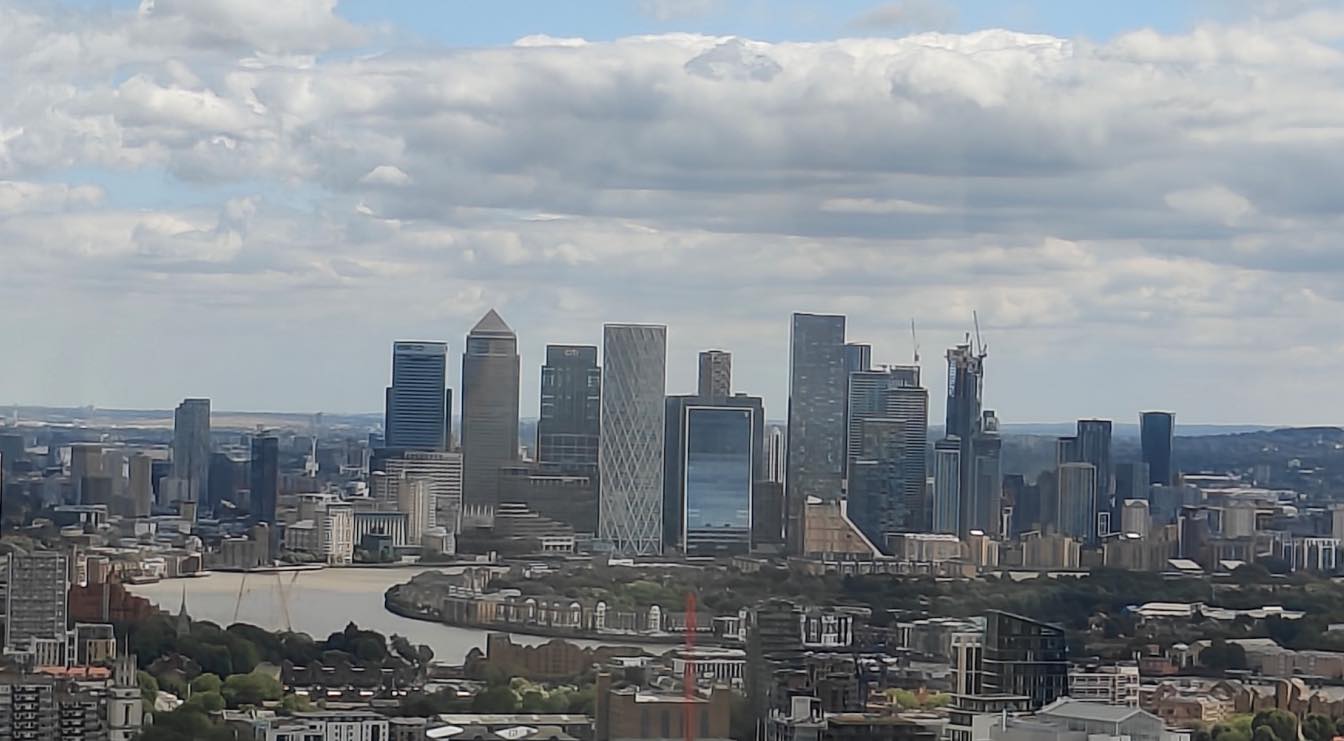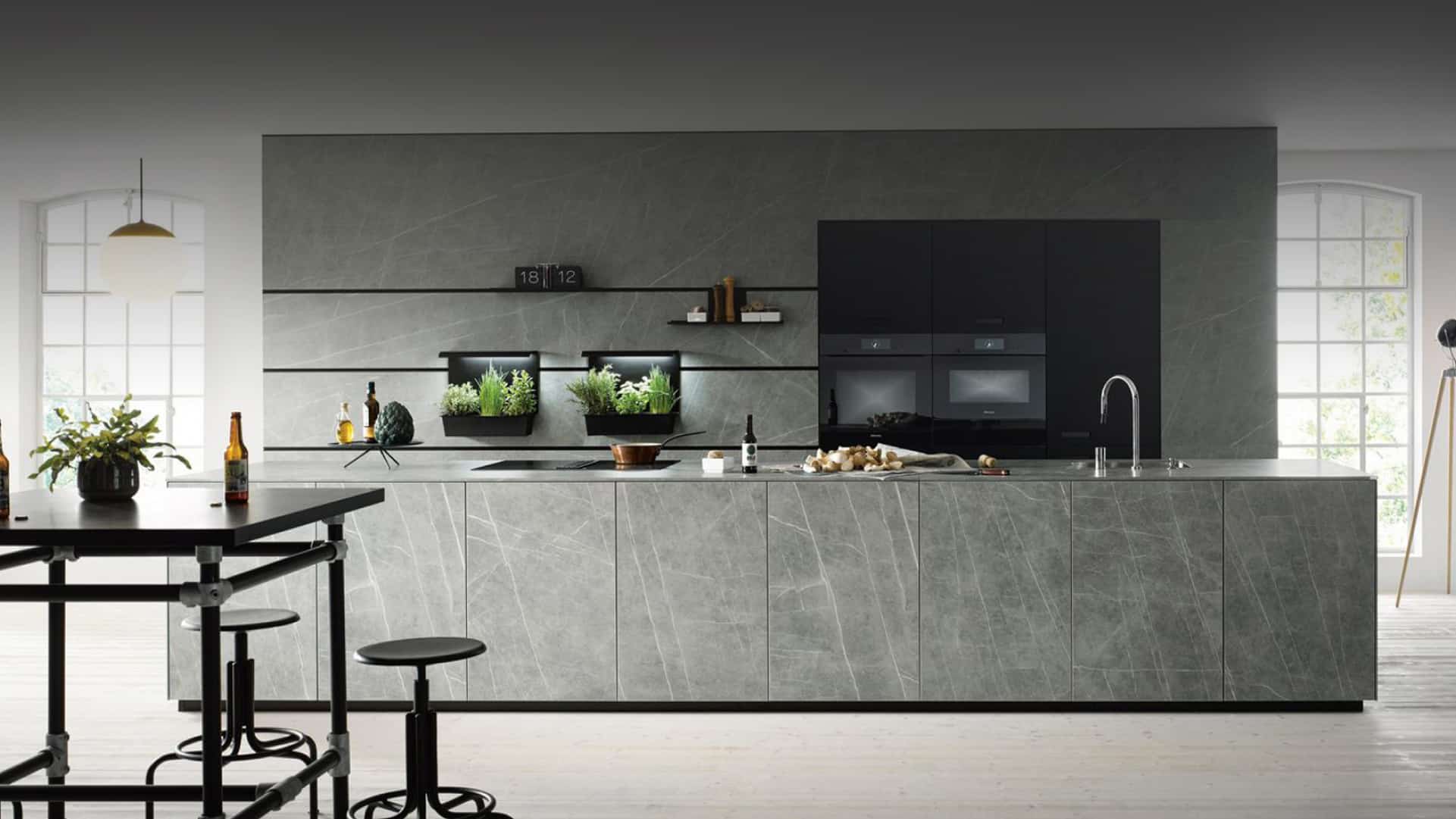No matter how many times you visit London, each time it evokes a positive pulse - experiencing her exhilarating landscape and robust cosmopolitan blend. The best is the contrast of the fast-paced life in London Central to the peaceful and calm atmosphere in the suburbs. London, the capital of England and also the largest city in the United Kingdom, with a population of over nine and a half million, lies astride the wholesome and meandering Thames river.
My recent visit to this often referred to as the ‘business and cultural powerhouse of UK’ was as refreshing as the first one. And indeed, realization dawns to this truth also on being told that the roots of this metropolis go way back to 43AD when the Romans came here under Emperor Claudius. A rich and historic evolution it is no doubt of cherishing Royalty, tradition, power, adventure, innovation, art and architecture, development, love for nature and I should think the appetite for good food. This sprouts from the social fabric knotted by mega multi-ethnicity with people from all corners of the globe finding residence here. Wikipedia says that there are 300 languages spoken here!
 Architects WilkinsonEyre’s redeveloped Battersea Thermal Power Station (Image- Spaul)
Architects WilkinsonEyre’s redeveloped Battersea Thermal Power Station (Image- Spaul)
In such environs, it becomes easy for a tourist to relatively feel relaxed and at home. More so in the eclectic environs in the City of London harboring tourist attractions, modern architecture, authentic eating joints and of course the hustle-bustle of business activities. There is a vibrancy in the skyline here. Architect Renzo Piano’s skyscraper Shard is still an eye-catcher even after so many years of construction. Uruguayan architect Rafael Vinoly’s 38 storied Walkie Talkie building here houses the Sky Gardens on the top three floors providing imagery of the splendor of the Thames with the city’s oldest river bridge- the London Bridge. And a must visit is to the classic street food Borough Market with a thousand years of heritage and offering delicacies and smart food from all across the world. Not to miss also, is a beer with fish & chips at The Shakespeare Pub in the vicinity - amplifying the comfort and relaxed atmosphere of the local traditional pubs with warm timber finishes thus giving an impetus to London’s popular pub culture.
It was interesting to get educated one evening by a friend residing in London as to the governance mechanism in London. Apparently, the London Boroughs which are thirty-two local Districts and along with the City of London, are the administrative zone of Greater London. Each district is governed by a London Borough Council. And all these are also administered by the Greater London Authority. A visit to the area where England’s governance takes place in the historic buildings of the Palace of Westminster brought back my history of architecture readings of the classical Gothic style. Built in the 19th century by architect Sir Charles Barry, this complex of the ancient and the modern buildings, is an UNESCO World Heritage Site.
 Ar. Foster+Partners’ Wembley Stadium (Image- architects website)
Ar. Foster+Partners’ Wembley Stadium (Image- architects website)
In fact, this area of Westminster is a fascinating one- housing well known milestones such as the Buckingham Palace- the residence of King Charles, the Westminster Abbey which has seen the coronation of umpteen monarchs, The Westminster Cathedral- said to be Britain’s largest Catholic church and of course the Big Ben- probably the world’s most celebrated clock. Close by are the delight of the tourists- the Trafalgar Square and the Oxford Street said to be Europe’s largest shopping street. The atmosphere in all these areas is laden with historic relevance of the past coupled with an excitement of the modern idiom of development, prosperity and fun-filled tourist and local banter.
One of the key factors that make London a relevant reference in urban planning is the inter-lacing of large open public parks and gardens with the residential/commercial zones. The consistent connect with nature is therepic. They are spread all over with the Hyde Park of 350 acres leading the list. The wide-span lawns in the Hyde Park are woven with water bodies and it has become iconic for public events. The diverse flora and fauna are a treat for the eye. The blend of these well-maintained outdoor spaces is a special feature in all London districts. The wet year-round weather here probably makes London being surrounded by pleasing, scenic and undulating vast pastures.
 National History Museum, Image- Public Co
National History Museum, Image- Public Co
It is no wonder that with a well-preserved past of centuries having absorbed the complex evolution of human lifestyle, aesthetic preferences, passionate urges and governance history, London is said to be an extravagant treasure trove of art and cultural manifestations. A London colleague’s observation rings very true, “Home to so many museums, galleries, theatres, entertainment centers- the city never sleeps and attracts the best talent and the most glamourous personalities globally to come and participate.” Amongst the many iconic venues- both for their architecture and events, are the National Gallery which is an art museum, the Tate Galleries with a colossal wealth of British/international art, and then the British Museum. As a theatre and music lover, one cannot forget the mention of the versatile and creatively channelized zones such as the West End theatre district and The O2 Arena- an exotic hub of music clubs, exhibitions, restaurants, bars and cinema. All this adds a throb to the prevalent nightlife.
I guess the city arouses so many sensitivities at different levels, that one could continue endlessly. London has always acted as a platform for national and international architects to find an expression for their their contemporary approach to architecture. Be it Renzo Piano, Danial Libeskind, Zaha Hadid, John McAslan, Hopkin Architects and others, they have attempted to break barriers in design approach, given a newer definition to adaptive-use and experimented with form, interpreting art in the modern context while making latest technologies and materials their allies. The city offers a provocative kaleidoscope of the modern and the versatility of a rich heritage.
The memorable encounters are so many – whether it be in design, fashion, architecture, art, history or then literature, that you leave the city with an uncanny hunger for more exposure.
 Architect Libeskind’s London University Graduate Centre (Image - architects’ website)
Architect Libeskind’s London University Graduate Centre (Image - architects’ website)
About
Architect Suneet Paul based in Delhi, is a former editor-in-chief of Architecture + Design. He has penned numerous articles on design/travel/lifestyle, authored a couple of short fiction books, and has won awards for his dedicated contribution to the profession.)





